Toyota continues on its drive to update all its C-segment models and the latest to get a replacement is the Toyota Auris, a nameplate that made its debut just last generation. Before that Toyota called this car the Corolla Hatchback or the Corolla RunX.
The Toyota Auris is the C-segment hatchback companion to the Toyota Corolla, and boy does it look sweet. The new Auris is much sharper looking than the model it replaces, and I do hope the next generation Corolla Altis has more in common with the Auris than the JDM Corolla Axio.
There are some elements of the Toyota Prius on the front and sides of the car, and the rear takes on some Lexus-like design cues especially at the tail lamp area. This is Toyota’s new design language for models that it considers ‘first world’ cars. There is an interplay of convex and concave surfaces which are too expensive to produce for cars that it sells in developing countries.
The regular Auris gets a single tailpipe on the right side of the rear bumper while the Auris Hybrid lacks any tail pipes. If Toyota revives the Toyota Blade which is kind of like a hot version of the Auris in Japan with a giant 3.5 litre V6 engine, then I suppose we’ll see another tail pipe added on the left side.
The new Auris is 4,275mm long, 1,760mm wide and 1,460mm tall, which represents an increase in length of about 30mm and a reduction in height of 55mm. Width is exactly the same as the outgoing model, as is the 2,600mm wheelbase. Loadspace has improved by 6 litres for the regular Auris, and by a whopping 127 litres for the Auris Hybrid, which means the hybrid system has been packaged into the car better. Both the Auris and Auris Hybrid now share the same 360 litre load space.
The interior is pretty sporty, and I can see inspiration from the Toyota 86 interior especially with the general layout of the dashboard, the air conditioning vents, and etc. You can also somehow relate it as being the same family as the Corolla Axio, but here we see one of the best examples of how a few small touches can make the world of a difference in the ambiance of an interior.
The Auris can also be equipped with ‘Skyview’, which is Toyota’s brandname for a large panoramic glass roof. Interior surfaces have also been improved – the air vent and meter surrounds, centre console and transmission tunnel trim share a high quality satin silver finish, and on higher grades the dashboard itself is leather trimmed.
There is baseball-stitched nappa leather used to trim the steering wheel, and soft touch materials featured on the instrument panel’s upper surface. The assist grips and door grips have a soft texture finish, the door armrests are padded and the pillars are fabric-trimmed.
Toyota has taken the trouble to design two completely different meter clusters for different spec levels of the car. The triple gauge design you see on the left of the image above is the low spec model, with a generic multi-info display integrated into the bottom of the speedo dial.
The one on the right is the high spec model, which is a double gauge design sandwiching a colour multi-info display in the middle. The fuel and temp readings which occupied the right gauge of the low-spec meter panel are relocated to the bottom of the speedometer and tachometer.
A few different engines are available. in Japan, there’s a RS model which uses a 1.8 litre 2ZR-FAE with 144 PS at 6,200rpm and 180Nm at 3,800rpm, mated to a 6-speed manual. You can also have it with a CVT gearbox with 7 virtual gears and paddle shifters, which tunes the engine down to 143 PS and 173Nm. There’s also a 4WD model powered by a 1.5 litre 1NZ-FE engine making 105 PS and 135Nm. According to Toyota Japan’s website, some models even have a double wishbone rear suspension.
In Europe, the Auris will be sold with a 1.33 litre or a 1.6 litre petrol engine, or a 1.4 litre diesel. As mentioned earlier, an Auris Hybrid will also be available, and although Toyota has not specified the exact specs of the new Auris Hybrid, based on the size of the car we expect the Auris Hybrid to continue with the same 1.8 litre Hybrid Synergy Drive system from the Prius, and not the smaller 1.5 litre or bigger 2.4 litre versions of the Hybrid Synergy Drive system.
The Auris will make its public debut at the 2012 Paris Motor Show, so we’ll come back with more details then. Look after the jump for a full gallery of the new Auris.
Looking to sell your car? Sell it with Carro.

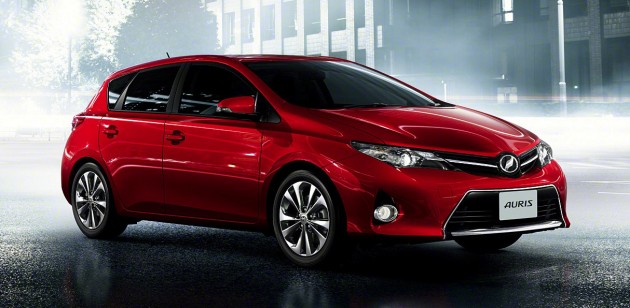

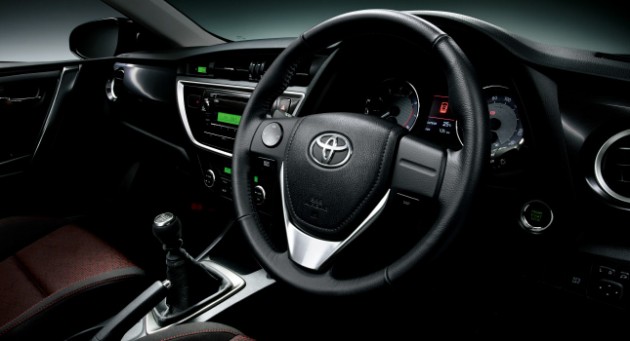

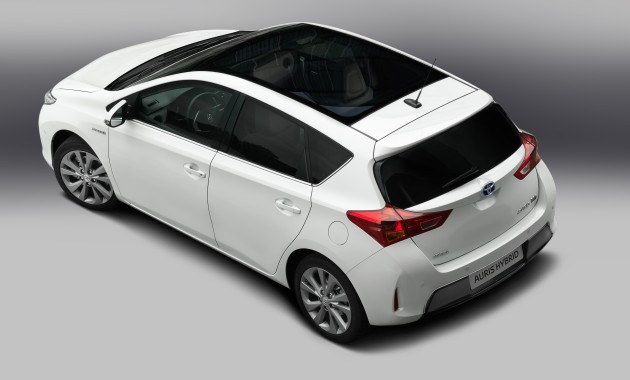






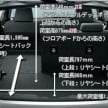
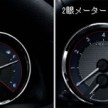







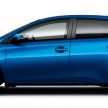
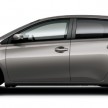
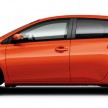

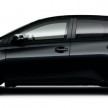
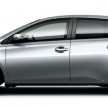


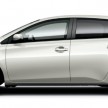






















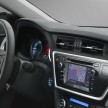




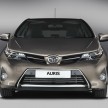






























AI-generated Summary ✨
Comments generally express excitement and positive anticipation for the new Toyota Auris, praising its modern, stylish design that stands out compared to previous models. Many highlight how it resembles European hatchbacks, like Peugeot 308, and appreciate Toyota’s fresh approach to exterior and interior aesthetics. There is optimism about the hybrid options and hopes for this model to be introduced in Malaysia, offering better features and value. Some comments compare it favorably to Korean counterparts like Hyundai i30 and Kia Cee'd, predicting strong sales especially in Europe. However, there are mentions of concerns about interior quality and the possibility that Malaysian availability might be limited due to past models' poor sales, alongside critiques of certain designs and features. Overall, the sentiment is enthusiastic, viewing the Auris as a significant step forward for Toyota.